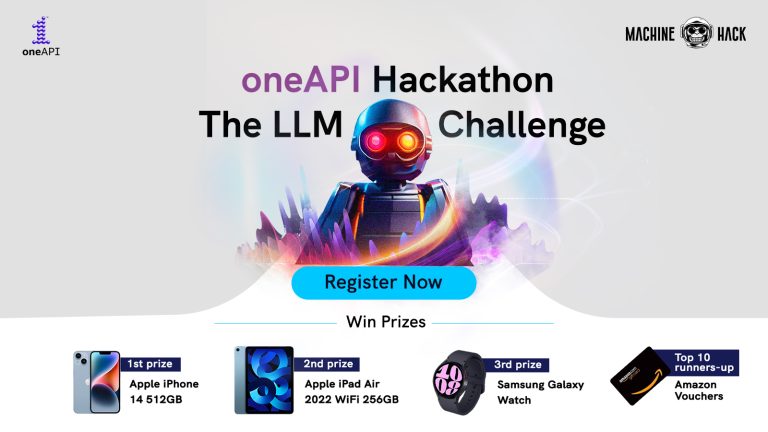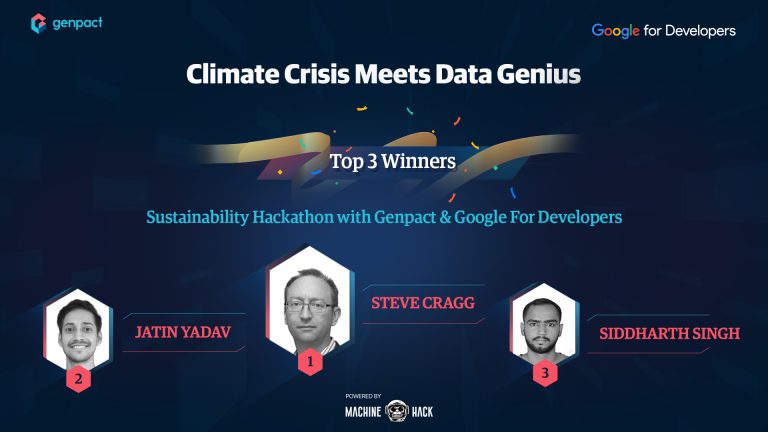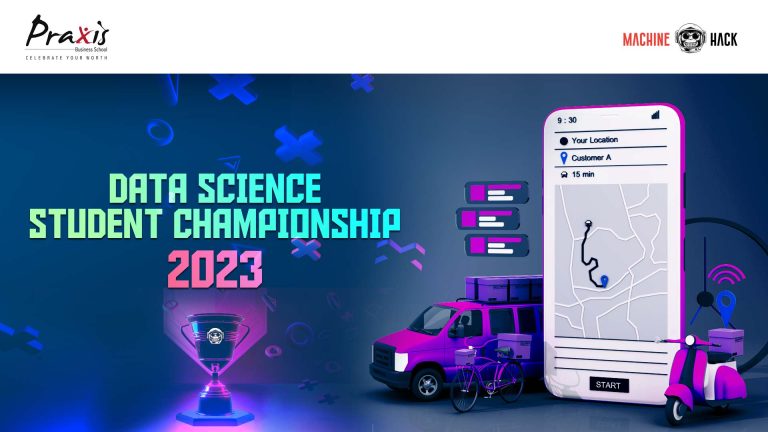As per a QuantHub report, 67 per cent of the surveyed companies said that they are expanding their data science team. However, it was found that there are almost three times as many data science jobs as there are aspirants. This seems to reflect the general trend in the industry. Are you one of those business leaders facing challenges in hiring?
Talent management frameworks in data science organisations are seeing a radical shift as organisations rely on various methods to hire, train, and retain talent. Unlike other fields, data science is a field that demands much more than a theoretical understanding of the concepts from the practitioners. To be able to put theories into practice while creating business solutions is a critical measure of success. Hackathons are a successful tool for AI/ML professionals to apply their learnings to a real-life simulation. The fast-paced collective ‘marathon’ revolves around creating a solution for a given problem within the span of one or two days. Hackathons involve participants being divided into teams, receiving mentoring from experts and presenting their findings to a judging panel that decides which solutions will be implemented. This event is an integral framework to develop and build tomorrow’s AI/ML leaders.
For a long time, the focus of the data science industry has been on theoretical learning. This can also be seen in hackathon results that often lack innovative ideas or the ability to translate them effectively within the business context to the panel of judges. We teach AI/ML professionals the theories but not how to put them into practice or prove them to business leaders, thereby limiting the potential for data science to reach executive boardrooms or become part of everyday decision-making within business operations. We need AI/ML professionals who can think outside the box to resolve problems and combine an analytical approach with business savviness.
Applicability within the business context in data science is more important than one might assume. You could build the best analytical model, but it will remain on the shelf if business leaders do not understand its application within their business processes. Unfortunately, the training to do so is lacking, especially in the theory-focused education system in India. So, as leaders, it is upon us to instil and train AI/ML professionals in developing these skills. One effective way to do so is through hackathons.
There is a certain way to go about designing successful hackathons that, among achieving other goals, encourages the development of problem-solving and business savviness in AI/ML professionals. Let’s look at the important steps in doing so.
Be clear on the objective of the hackathon
The foundational step to designing a hackathon is to have your objective clearly defined. Given that AI/ML professionals work on the solution from start to end, leaders must know what they want from the hackathon and challenge the participants accordingly.
Three of the most common objectives for hackathons are:
- Identifying Talent
Interviews are becoming increasingly redundant in data science hirings. Organisations are going beyond traditional hiring methods to understand how prospective employees deal with practice problems. Hackathons are a constructive way to identify talent by monitoring participants in a simulated real-life situation on different parameters. These include problem-solving abilities, how they work under pressure, whether they are team players, whether they can think of creative solutions or judge their solutions compared to potential competitors.
- Creating MVPs
Minimum viable products are a challenge to create in a short span of time. It requires innovative solutions, team unity, efficient management and deep technical knowledge. Hackathons are an effective way for organisations to judge such MVP initiatives and could lead to future funding to create assets or support and encourage research in specific areas.
- Creating a buzz around a new platform being introduced
Hackathons are also a great way for publicity of new initiatives or new platforms taken up by the organisations. Young AI/ML professionals are always looking for hackathons to participate in, and creating one around your new platform can help bring more traction and interaction to it.
Set a theme for the event
Once your objectives are set, move on to setting a theme for the hackathon. The theme questions should not be prescriptive. Instead, having open-ended questions will allow participant creativity. It should rely on larger and holistic datasets, making it important to ensure enough information is available around the selected themes. Innovative thinking and problem-solving can only be achieved when hackers are pushed to think outside the box. They will have to scale their thinking to work efficiently and build the needed effective solutions.
Create clear assessment guidelines
It is critical to know what you want from your talent and create guidelines to assess the desired qualities. At this step, remember that a successful data scientist is one who combines technical, analytical, and business skills effectively. Ensure that your hackathon outputs can measure all three parameters. What you want from your talent may not be having the smartest analytical coder but a balanced combination of the above qualities. Designing assessment markers accordingly can help ensure your goals are being met. When it comes to assessing the finalists, their insight consumption skills need to be judged too. This ensures the candidate’s ability to use the right brain and translate their solutions for better business impact.
To assess the quality of the work being done in detail, establish checkpoints throughout the process. Checkpoints ensure that the desired outputs are generated, and the quality of work is maintained. To assist in framing the participants into producing the right output, create a set of recommendations and guidelines.
Identify evaluators and judges relevant to your objectives
Along with the evaluation criteria, the evaluators or judges also play a critical role in meeting your objectives. They are responsible for evaluating and mentoring the participants for their analytical, technical and business skills. Bring in evaluators and judges with specific AI capabilities and domain expertise, and pair them up with the participants accordingly. Moving ahead, choose the finalists among the participant pool based on the quality of output, and allow them to present their capability to the judges.
Assign prizes based on the hackathon objectives
Circling back to our first step, one must keep the hackathon objectives in context while aligning the prizes for the winners. Depending on the objective, the awards or prizes should differ. Your end prizes could offer job placement if your objective is to identify talent, funding if your objective is to create MPVs, or training or certifications if your objective is to advertise your product.
Hackathons have a lasting impact on the AI/ML professional community by being the source for practitioners to interact and collaborate. For organisations and leaders, they are a powerful tool to identify and shape the leaders for tomorrow. So, let’s use it wisely!
This article is written by a member of the AIM Leaders Council. AIM Leaders Council is an invitation-only forum of senior executives in the Data Science and Analytics industry. To check if you are eligible for a membership, please fill the form here.



















































































